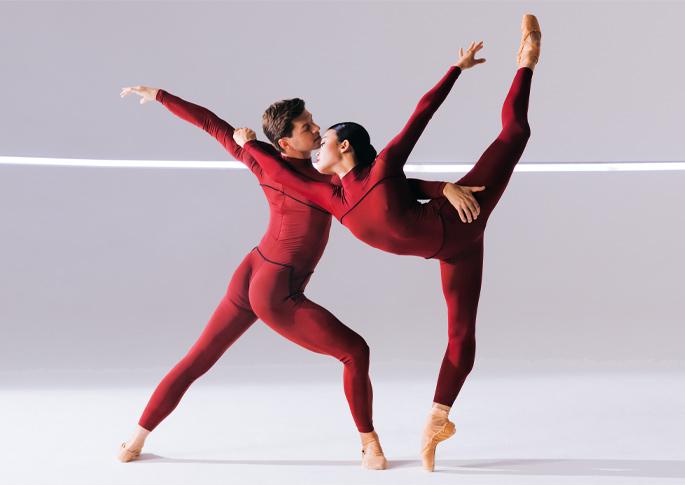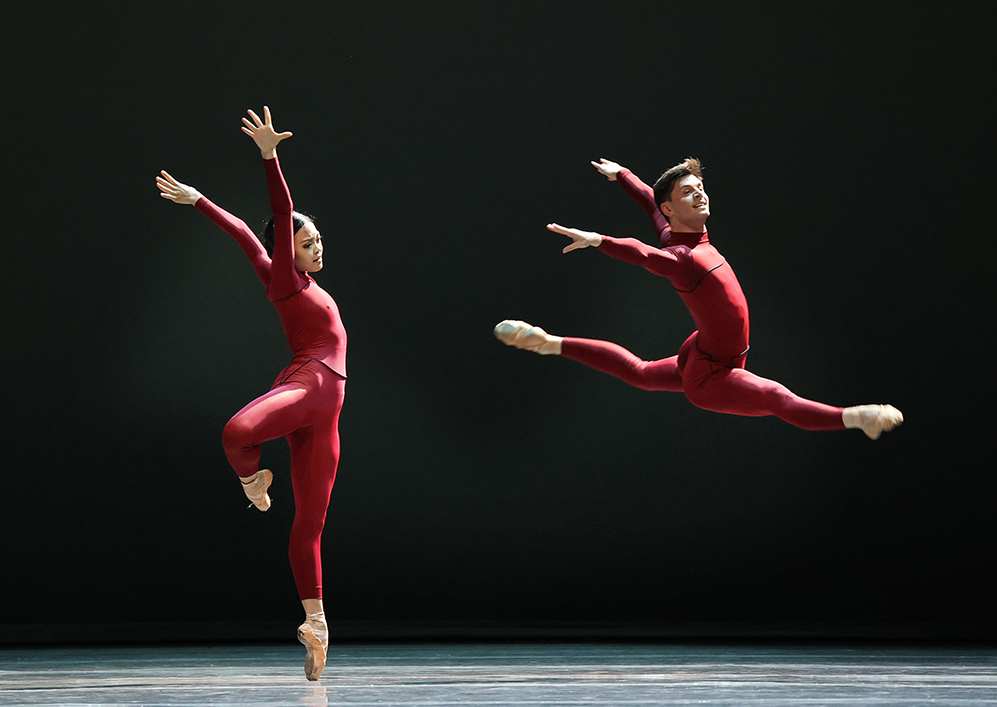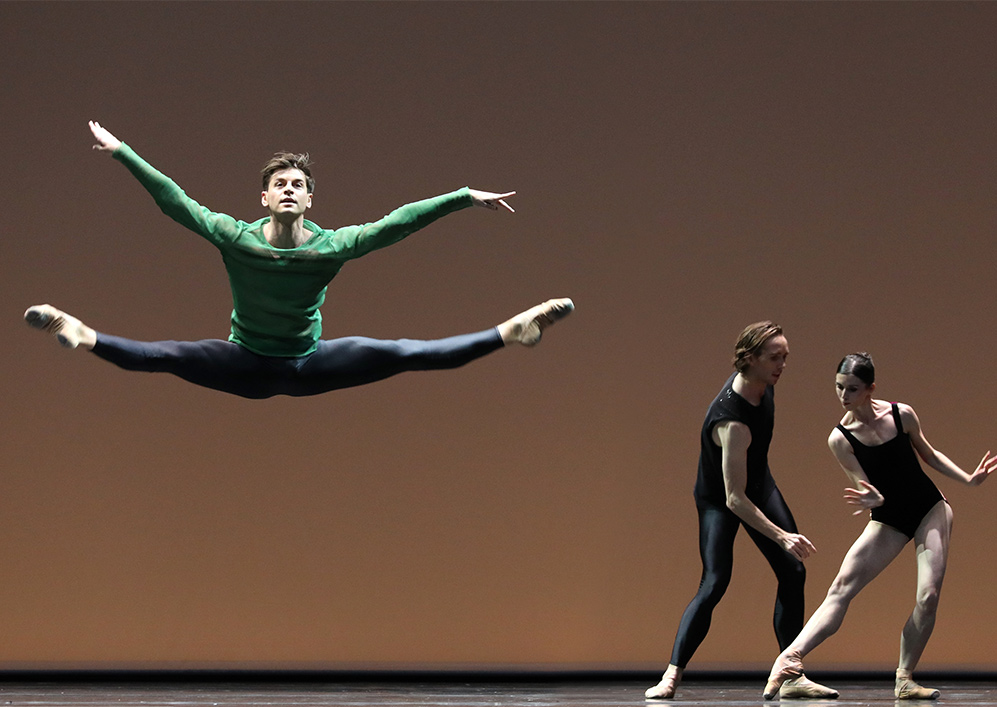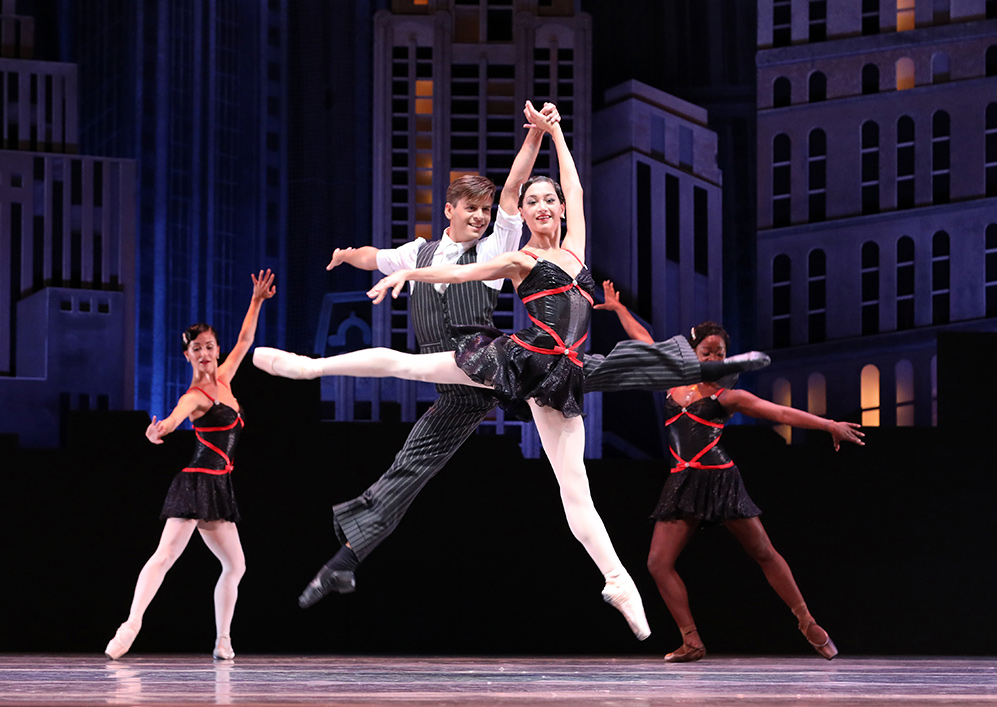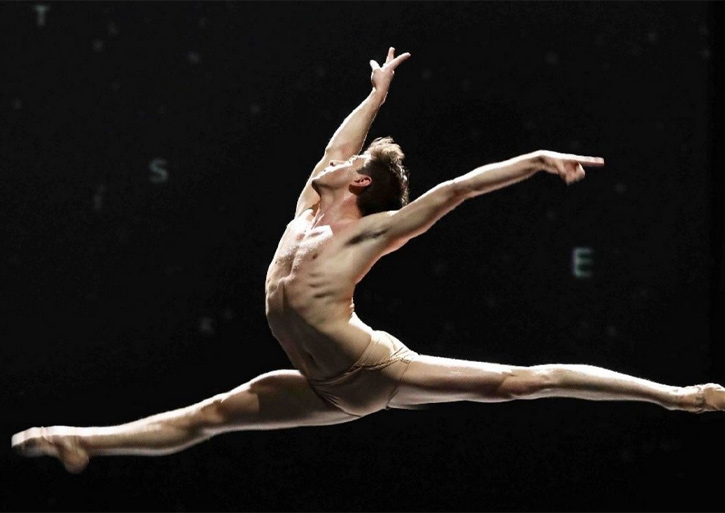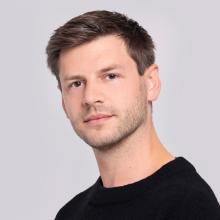
Edo Wijnen
Karate, football, swimming, piano lessons. As a child, Edo Wijnen tried them all, but nothing really took his interest. “My parents thought my older sister and I ought to have a hobby.” When Edo still didn’t have one, after all the try-outs, he had to wait in the corridor of Dance Studio Arabesque, while his mother did her Pilates class. There was a ballet class going on in one of the studios and Edo peered in. The teacher said, “Come and join us!” Soon Edo was not just learning ballet, but also going to modern dance and jazz classes, besides doing musical classes on the side. “Only the singing wasn’t a great success, so I dropped that quickly.”
When he was eleven, the teacher who had invited him in suggested he did the audition for the Royal Ballet School, in Antwerp, a twenty-minute bike ride from Edo’s parents’ home in the Flemish town of Deurne. “We had to do a classical piece and improvise a bit. I’d no idea what to do, so I just let rip.” At that point in time, Edo mainly thought that dancing was ‘fun’, and it was a good remedy for his excess energy. The penny only really dropped when he did his first school performance. “During the curtain calls at the end, I felt this overwhelming surge of energy and I knew this was what I wanted to do for the rest of my life.”
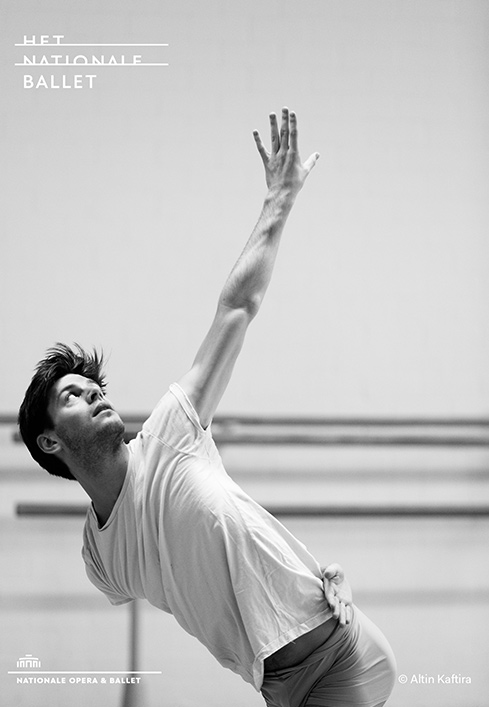
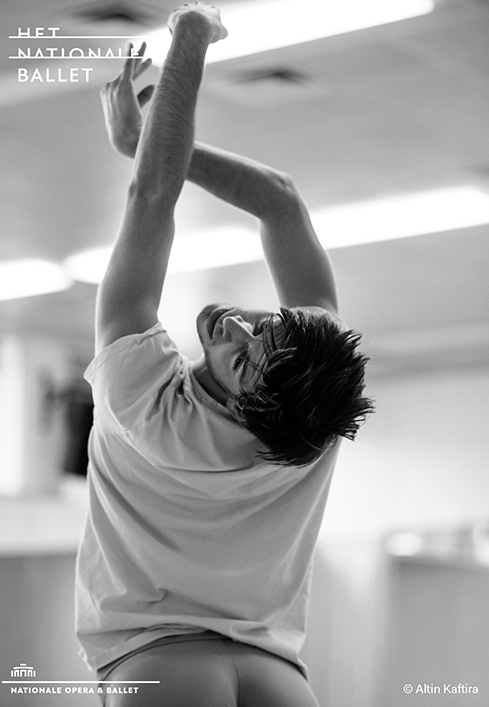
Horrified
In 2009, Edo won various awards at the Prix de Lausanne, and the year after he won gold at the Youth America Grand Prix. “On both occasions, Ted Brandsen was on the jury, and as I’m a real family person and didn’t want to go too far away from home, I decided to audition for Dutch National Ballet.” On his audition day, Edo was there early and accidentally took the place of principal dancer Larissa Lezhnina at the barre. “I was horrified when I realised, and thought, ‘Well, I can forget it now’.” But he was offered a contract straight away, as Brandsen had already been taken with him at the competitions. Edo says, “That evening I watched my first performance by the company, which included Forsythe’s In the Middle, Somewhat Elevated and Balanchine’s Theme & Variations, and I was blown away.”
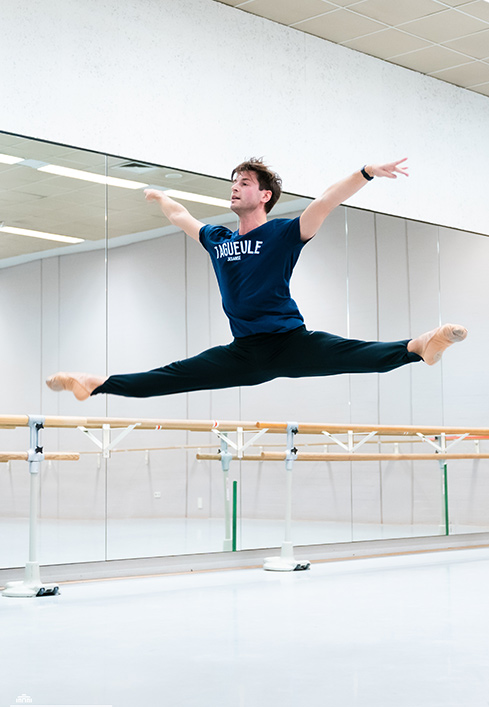
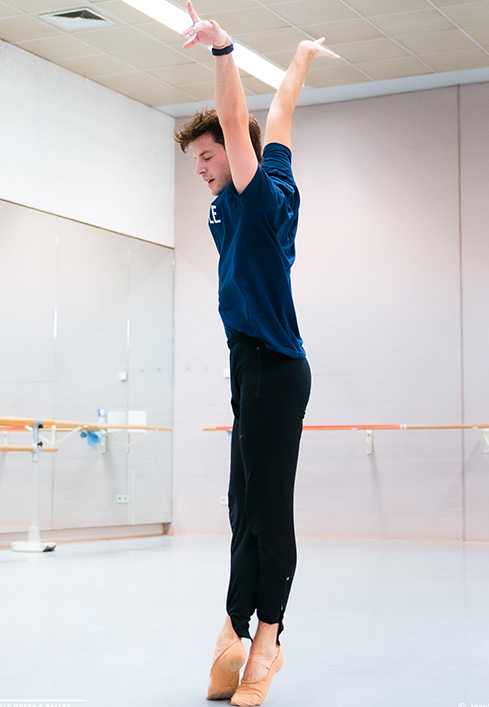
Struck lucky
Now people sometimes ask him if he isn’t ready for a new challenge, after so many years with Dutch National Ballet. But Edo says, “Dancers are always looking for that one place where they feel really at home, and where they connect with the people, the repertoire and the vision of the company. And as far as all that’s concerned, I’ve struck lucky. I was promoted quickly and got plenty of opportunities – and still do.”
In his first year already, he danced in Hans van Manen’s Solo, without being officially cast for it. “Rachel Beaujean said, ‘Come along and learn it’. And when Hans saw me working on it, he said, ‘Who’s that boy?’” Straight away, in the same week, Edo went on stage in Solo and he has now built up an extensive Van Manen repertoire, in which he sees Grosse Fuge as a particularly important milestone.
Also in his first year, Edo was immediately chosen by David Dawson for timelapse/(Mnemosyne), following which the two men developed not only an intensive working relationship, but also a firm friendship. It led to the absolute climax of Citizen Nowhere, a solo work that Dawson choreographed on him. “The whole working process, the great trust David placed in me and the total experience were so incredible. This piece formed me, not just as a dancer but also as a person.”
Intuitive and disarming
Straight after Citizen Nowhere, he was given the role of Lenski in John Cranko’s Onegin, which is now a favourite of his as well. “From doing David’s 24-minute-long solo, I was on top form physically. That meant I could let go of the technique a bit and concentrate more on the emotional interpretation of the role.” Edo says he’s an intuitive dancer, with ‘pretty good coordination’. “I’m quick at picking up steps, and often understand their intention before I’ve mastered them.” And on stage, he always tries to be honest and disarming. “For me, dance is subconsciously a sort of therapy. Whether I’m worried about money matters, love issues or other problems, or whether I’m angry or unhappy, when I dance I often seem to break through a kind of barrier. I see things in perspective more and pull up the corners of my mouth with my whole body, as it were, whereby everything suddenly looks different and becomes lighter.”
Text: Astrid van Leeuwen
Read more:
CV
Place of birth:
Deurne (Belgium)
With Dutch National Ballet since:
2010
Career with Dutch National Ballet:
Soloist (2015), grand sujet (2014), coryphée (2012), corps de ballet (2012), élève (2011), aspirant (2010)
Training:
Royal Ballet School Antwerp (Belgium)
Awards:
- 2019: Alexandra Radius Prize (partly for Citizen Nowhere)
- 2017: nomination for a ‘Zwaan’ award for ‘Most impressive dance achievement’ (for Citizen Nowhere)
- 2010: Youth America Grand Prix, New York, gold medal, and Outstanding Artistry Award from Dance Europe
- 2009: Prix de Lausanne (Switzerland), fourth prize (scholarship) and Prix d’interpretation de danse contemporaine
Honourable mentions:
- 2022 and 2021: ‘Outstanding performance by a male dancer’, Critics’ Choice Dance Europe
